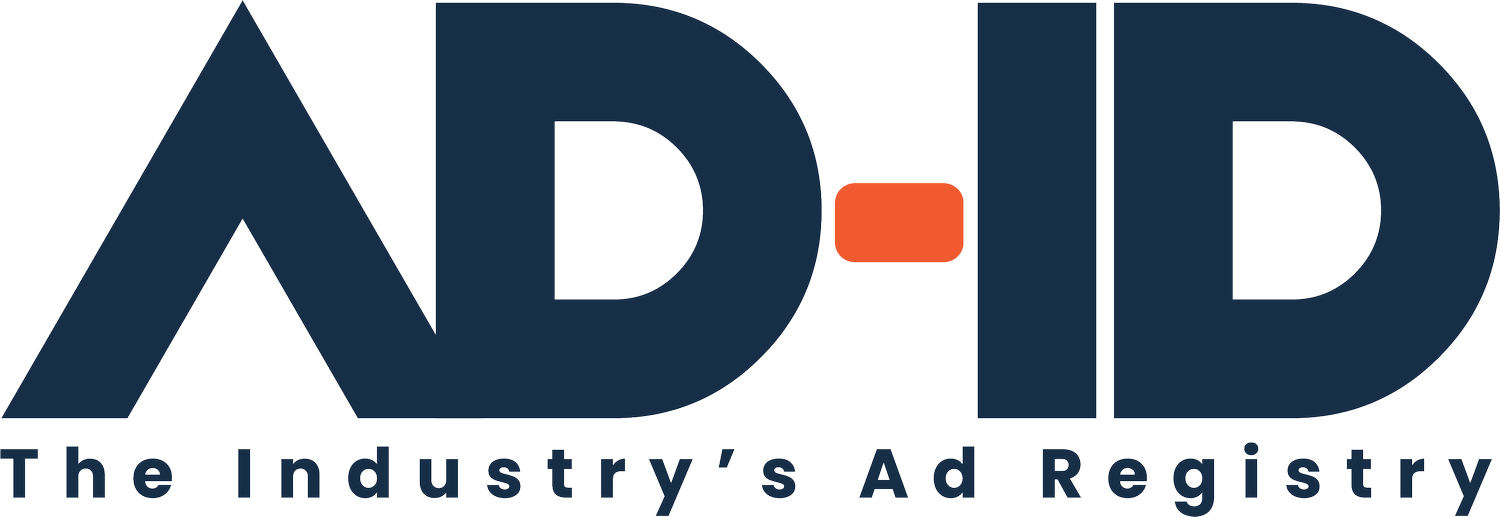Ad-ID Helps Lowe’s Easily Track Assets
Lowe’s is a retail company specializing in home improvement. The company uses unique Ad-IDs to track thousands of assets created and distributed annually.
Although advertising agencies first started using Ad-ID for Lowe’s in 2008, the retailer decided to decouple production of broadcast television, radio, and online video assets from agencies of record in 2017, bringing the work in-house. Wasim Al-Abed, Marketing Operations Manager, was the architect responsible for this decoupling and for the inclusion of Ad-ID. Alycia Blanchard, Creative Delivery Marketing Specialist, is the power user and subject matter expert on Ad-ID at Lowe’s. Wasim and Alycia shared their thoughts on Ad-ID:
Q: Why did Lowe’s decide it was important to use Ad-ID for all creative?
A: As we were looking at the entire supply chain of production, tying everything together with a unique ID seemed like a critical path. And Ad-ID was the thing that kept coming up, time and time again. It has helped us control our spots, to have a common nomenclature throughout the supply chain.
It is definitely easier to track assets now. Once we start working on any kind of asset, either a TV spot or a radio spot, it gets an Ad-ID that we can follow all the way through, including reporting back after it airs or is released.
The biggest benefit to Ad-ID is having all the data in one place for all our spots — being able to generate reports and export them into Excel spreadsheets so that I can manipulate it depending on who the audience is. We’ve used that for media mix modeling and with our talent agency to work on talent management.
Q: During your internal discussions on process, what role did Ad-ID play?
A: We actually brought all our partners here for a two-day process session — everyone from Ad-ID to creative and production, distribution companies, and media agencies. We followed an ad being ideated, approved, created, and trafficked — following the process end-to-end. Ad-ID played a critical role here, because they helped us understand and use versioning. We may use the same creative bed for over 30 different promotions, and they showed us how to use Ad-ID to keep track of all that and differentiate, for example, one spot based on the last five seconds of a promotion. Resolving that issue resolved a lot of anxiety in the room.
Q: What Ad-ID data do you use outside of Ad-ID and how do you use it to simplify processes?
A: We use the custom fields quite heavily, and we also use the talent payment information. In our first year using Ad-ID, as people requested information and I could see how Ad-ID could help quickly get the answer, I have relied more on it. If someone wants to know ‘What ran in this week in the fiscal year?’, I can go back and pull up the Ad-ID and find out all the information about it.
Now that we know what people want, and what information we might need six months from now, we can really start utilizing more of the features within Ad-ID and then get the APIs integrated a little bit more to truly benefit us and make it even easier. For example, I’m definitely going to start using start-end dates and ad status.
Q: How do you incorporate the Ad-ID code and data into your other systems?
A: We use it with our distribution company, our talent management company, and hope to integrate with our digital asset management system. There is an API to our distribution company, and it would be great if our talent management system interfaced with Ad-ID. Right now we do that manually.
That is one of our biggest pain points right now, but it’s still so much easier with the Ad-ID. From the talent perspective, at least everybody knows which spots we’re talking about, so having the ID’s has been extremely helpful.
Q: Do you feel Ad-ID saves Lowe’s time?
A: It definitely saves me time and will even more so in the future. Recently I got asked for all our 2018 assets for radio and TV and what their flight dates were. It’s not a field I was using, but believe me, after today it’s one I will. Instead of just pulling the report from Ad-ID, I have to go back and look at all my old scheduling forms and look at the flight information and plug that into a report.
This is all part of our learning curve from bringing everything in-house. Now we can start being more proactive. For example, with talent management. We’ll use the talent management tab to keep track of a base spot and all the different versions, and then can run a report that gives me all the data in one place to know how many versions of the master creative we created. Now the talent management team can know how often an actor was featured.
When you’re operating at our scale, to be able to understand how many times we ran the ‘spring spot with shovels’ as opposed to the ‘spring spot with mulch,’ and when and what channels — that just gives us more power. I don’t know that it’s savings so much as it gives us information that can help us to make more money.

